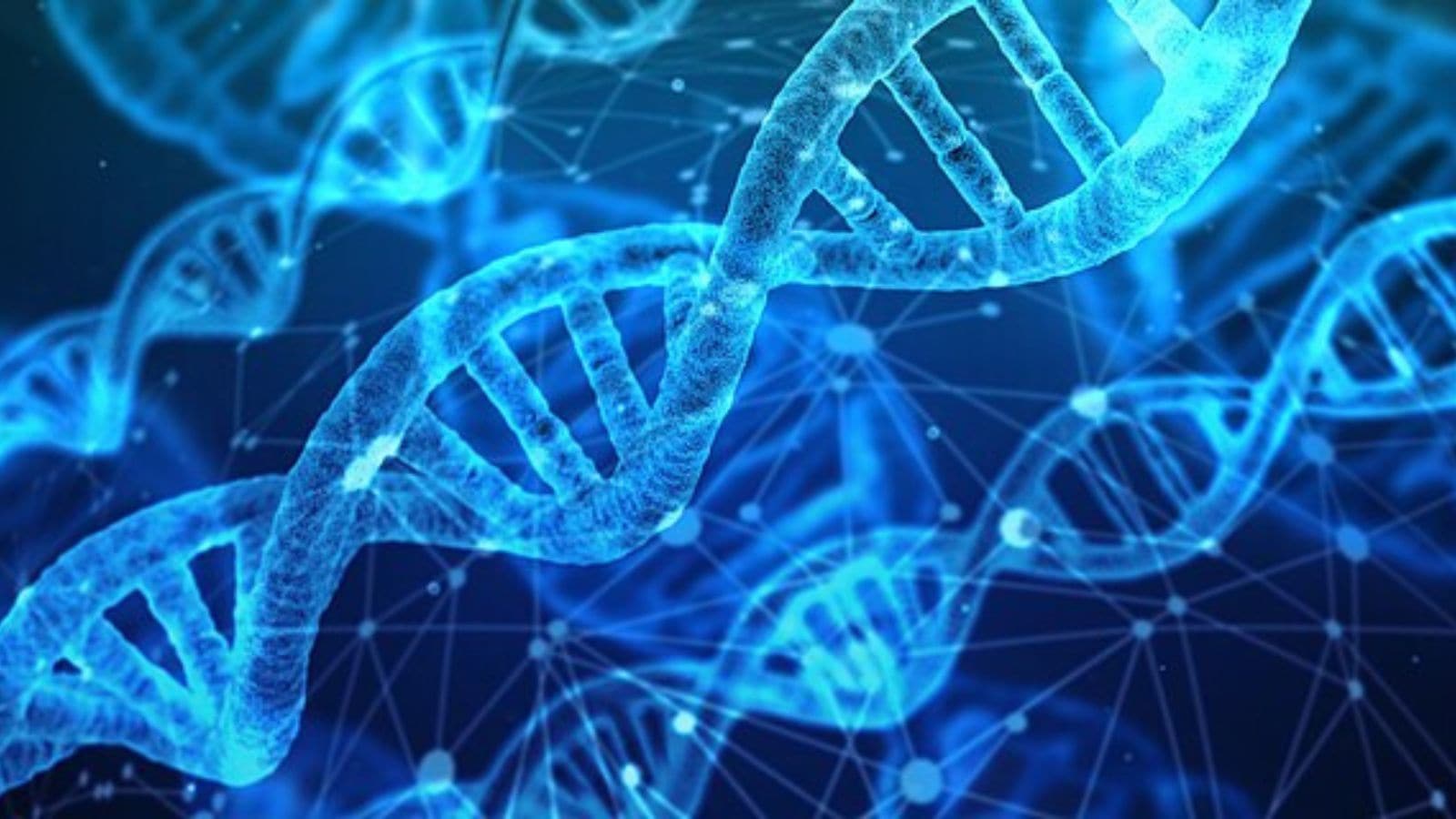For decades, the residents of Serrinha dos Pintos, a remote town in northeastern Brazil, were victims of an illness that robbed many children of their ability to walk. The town, home to fewer than 5,000 people, had no answers—until Silvana Santos, a biologist and geneticist from São Paulo, began investigating over 20 years ago.
Santos would eventually identify and name the unknown condition: Spoan syndrome, a rare genetic disorder that affects the nervous system, gradually weakening the body. The syndrome only manifests when a person inherits the same mutated gene from both parents, as per BBC.
Before her arrival, locals could only speculate about the cause of the illness.
Story continues below this ad
A town of cousin marriages
Santos was drawn to Serrinha through her neighbours in São Paulo—many of whom were extended family from the town. They told her about many people back home not being able to walk. And no one knew why.
When she finally visited, Santos described Serrinha as “a world of its own,” not only for its scenic beauty but also for its tightly-knit social fabric. Due to the town’s isolation and minimal inward migration, intermarriage between cousins was remarkably common—more so than in most parts of Brazil.
According to a 2010 study led by Santos, over 30% of couples in Serrinha were related. Among them, a third had at least one child with a disability, according to a BBC report. Globally, cousin marriages make up about 10% of unions, though the rate varies by country. In Brazil, it stands at 1–4%.
Experts note that while most children of cousins are born healthy, the risk of passing on rare genetic disorders roughly doubles. “If a couple is unrelated, the chance of having a child with a rare genetic disorder is about 2–3%. For cousins, the risk rises to 5–6% per pregnancy,” said Luzivan Costa Reis, a geneticist at the Federal University of Rio Grande do Sul.
Story continues below this ad
Spoan syndrome
What began as a short research trip turned into years of dedication. Santos drove the 2,000km between São Paulo and Serrinha multiple times, collecting DNA samples door-to-door, sharing coffee with families, and eventually putting two and two together.
In 2005, her team published the first scientific study describing Spoan syndrome. The condition is caused by a small deletion on a chromosome, leading to the overproduction of a key protein in brain cells. The mutation appears to be centuries old, predating even the town’s folk tales. Genetic sequencing of Spoan patients revealed strong European ancestry—traces of Portuguese, Dutch, and Sephardic Jewish roots.
Further evidence came when two Spoan cases were discovered in Egypt, with matching genetic markers. “It likely came with related Sephardic Jews or Moors fleeing the Inquisition,” Santos told the BBC, adding that more undiagnosed cases may exist, especially in Portugal.
Although there’s still no cure, Santos’ work has helped shift the community’s understanding of the disease. In the past, many patients were left confined to their beds or the floor, while now mobility aids like wheelchairs have enabled comparatively more independence.
Story continues below this ad
Spoan progresses over time, with most patients becoming fully dependent by their 50s.
Today, Santos is contributing to a government-backed project that will screen 5,000 couples for recessive genetic diseases. The initiative, supported by Brazil’s Ministry of Health, aims not to discourage cousin marriages but to empower families with knowledge of their genetic risks.
Now a university professor, Santos continues to advocate for better genetic education and testing across Brazil’s northeast.
(With inputs from BBC)


